Facing choice paralysis between flowmeter technologies? The winning solution depends entirely on your specific process requirements and operating conditions.
For conductive liquids, electromagnetic flow meters (EMFs) offer the best balance of accuracy (±0.25%), longevity (15+ years) and maintenance-free operation. Ultrasonic meters work well for clean liquids in hard-to-reach pipes but struggle with dirty fluids. Coriolis meters deliver unmatched mass flow accuracy (±0.1%) but cost 3-5x more and face size limitations.
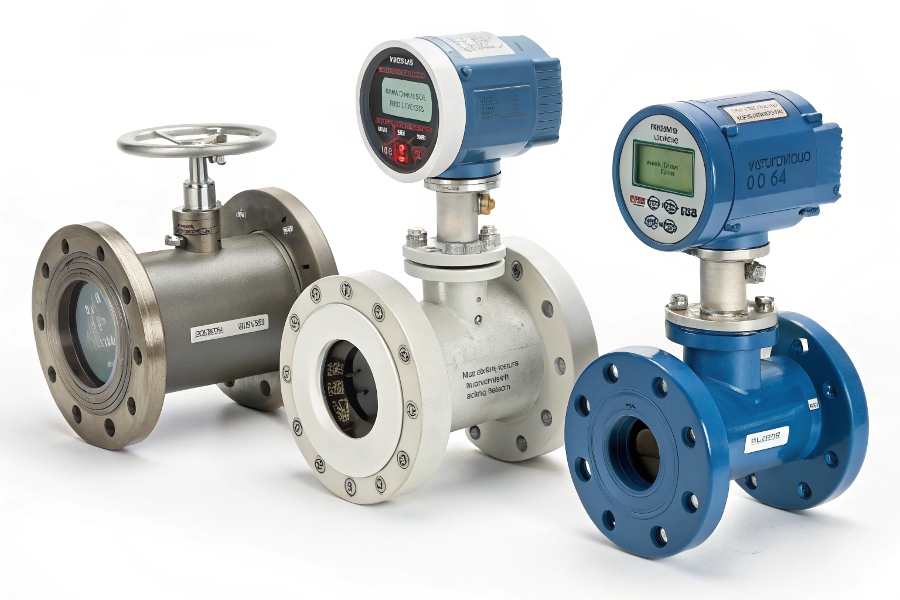
Three Flowmeter Technologies
Let’s analyze these technologies through an industrial lens.
What Is the Most Commonly Used Flow Measuring Device in Industry?
Popularity varies dramatically by sector.
EMFs dominate water/wastewater (75% market share) due to their bubble tolerance and low maintenance. Oil/gas prefers Coriolis (60% adoption) for custody transfer. Ultrasonic holds niche positions (15%) in HVAC and chemical injection where pipe access is limited but fluids are clean.
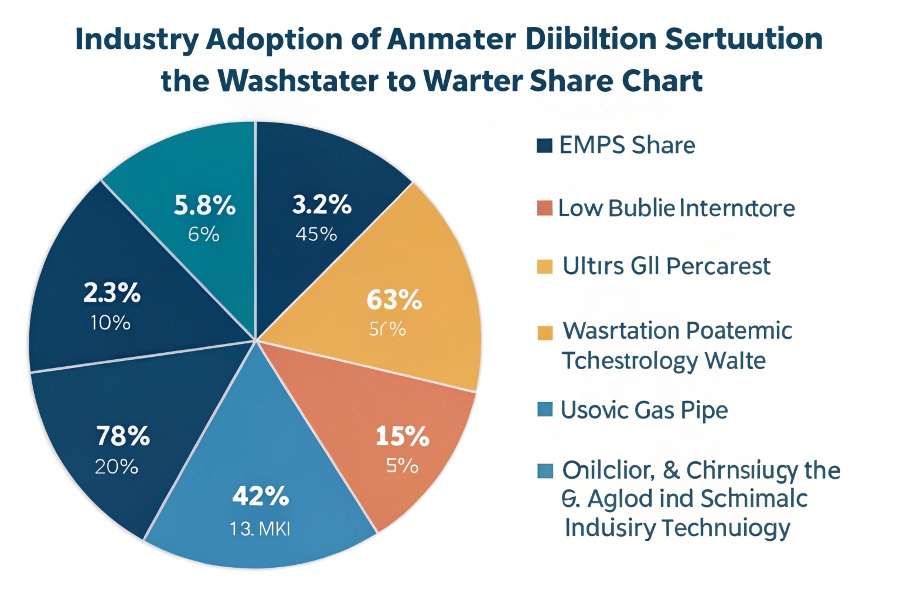
Market Share by Industry
Breakdown by application:
Industry-Specific Flowmeter Preferences
| Industry | Preferred Type | Key Reasons |
|---|---|---|
| Water Treatment | EMF | Handles dirty water, no moving parts |
| Oil & Gas | Coriolis | Direct mass measurement, high pressure rating |
| Chemical | Coriolis/EMF | Corrosive fluid compatibility |
| Food & Beverage | Sanitary EMF | CIP cleaning, hygienic design |
| Pharmaceutical | Coriolis | Batch process precision |
| HVAC | Ultrasonic | Easy retrofitting in buildings |
Which Type of Flowmeter Is Most Accurate?
Accuracy claims require context.
Coriolis meters technically win (±0.1% mass flow) but only for homogeneous single-phase fluids. EMFs achieve ±0.25% volumetric accuracy in conductive liquids from 0.5-12 m/s. Ultrasonic generally delivers ±1% in ideal conditions but degrades with pipe condition changes.
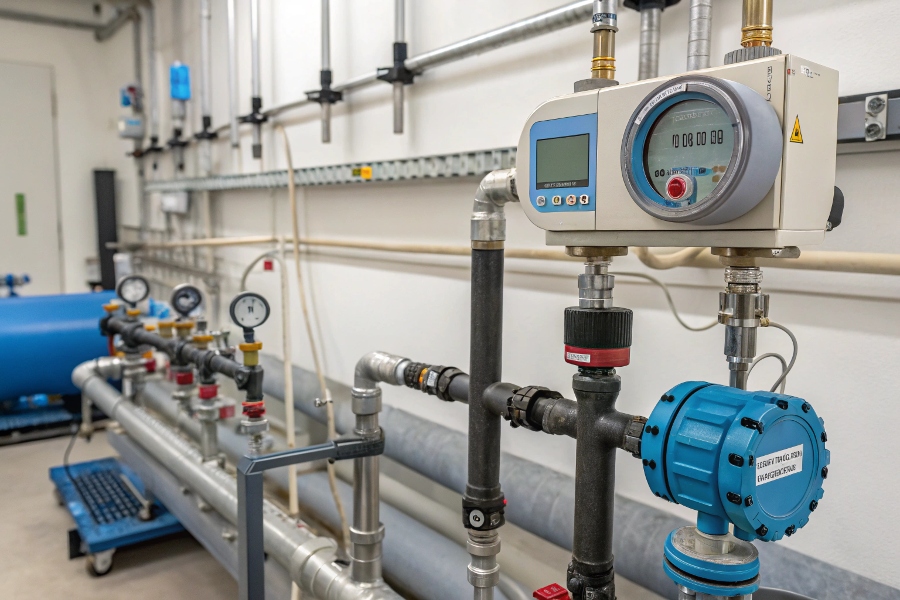
Lab Verification
Real-world performance considerations:
Accuracy-Impacting Factors
-
Installation Effects
- EMF: Needs 5D straight pipe
- Ultrasonic: Requires 10D+
- Coriolis: Vibration-free mounting
-
Fluid Properties
- EMF: Requires ≥5 μS/cm conductivity
- Ultrasonic: Fails with bubbles/solids
- Coriolis: Density changes affect calibration
-
Process Conditions
- EMF: Unaffected by pressure/temperature swings
- Ultrasonic: Temperature compensation needed
- Coriolis: Sensitive to pipeline stress
What Is the Difference Between Coriolis Flow Meter and Electromagnetic Flow Meter?
Their measurement principles create divergent strengths.
Coriolis meters measure mass flow by detecting tube vibration changes, working for any fluid including gases. EMFs measure volumetric flow via Faraday’s Law, requiring conductive liquids. Coriolis handles higher pressures (up to 1000 bar) while EMFs excel in large pipes (up to 3m diameter) at lower cost.
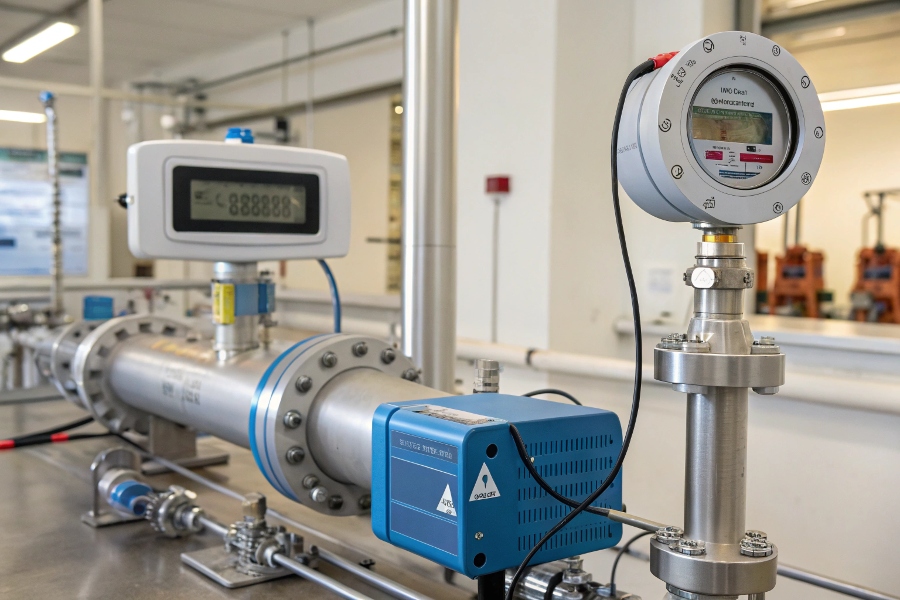
Measurement Physics
Technology comparison table:
EMF vs Coriolis Feature Matrix
| Parameter | EMF | Coriolis |
|---|---|---|
| Measurement | Volumetric | Mass |
| Fluid Type | Conductive liquids | Any fluid/gas |
| Pipe Size | 2mm-3000mm | 1-200mm |
| Pressure Rating | Typically ≤40 bar | Up to 1000 bar |
| Cost (100mm) | $3,000-$5,000 | $10,000-$20,000 |
| Maintenance | Almost none | Tube fatigue concerns |
What Are the Disadvantages of an Ultrasonic Flowmeter?
The convenience comes with compromises.
Ultrasonic meters suffer from signal degradation with scale buildup (±5% accuracy loss), complete failure with >2% air bubbles, and sensitivity to pipe material/schedule changes. Their "clamp-on" advantage disappears when expensive transducer relocation becomes necessary after pipe repainting or insulation upgrades.
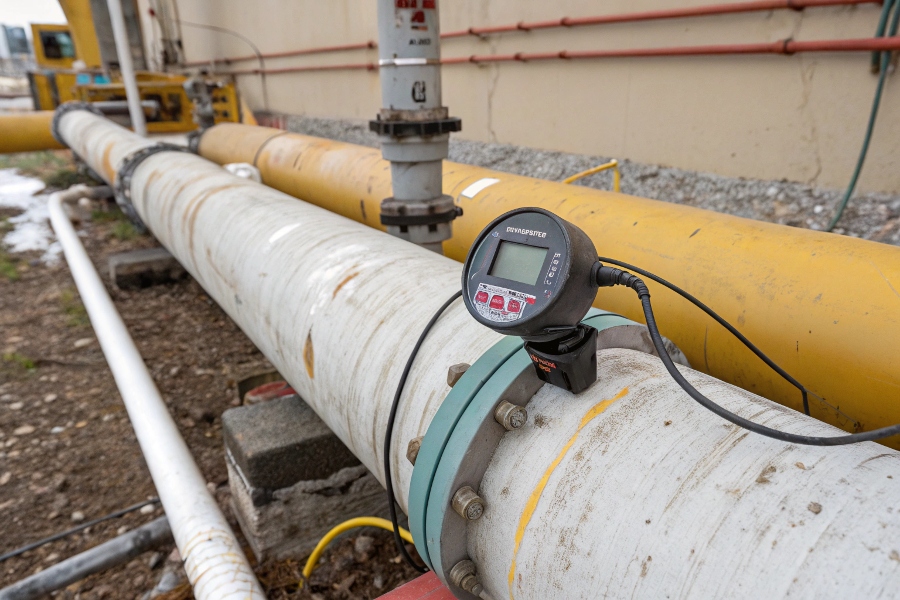
Installation Challenges
Hidden costs of ultrasonic:
Ultrasonic Meter Pain Points
-
Ongoing Costs
- Annual couplant gel replacement
- Transducer recalibration every 2 years
- Software upgrade fees
-
Installation Constraints
- Limited to Sch40/80 pipes initially
- Cannot penetrate certain liner materials
- Requires expert setup for accuracy
-
Performance Issues
- Flow profile sensitivity
- Temperature drift effects
- High power consumption
Selection Decision Framework
Match technology to your priorities:
- Accuracy-Critical? → Coriolis
- Low Conductivity? → Ultrasonic/Coriolis
- Large Pipe Savings? → EMF
- Limited Access? → Clamp-on Ultrasonic
- Two-Phase Flow? → Coriolis
- Hygienic Needs? → Sanitary EMF
Conclusion
No universal "best" flowmeter exists – only optimal choices for specific applications. EMFs lead for water/wastewater, Coriolis dominates custody transfer, while ultrasonic serves niche retrofit applications. Evaluate fluid properties, accuracy needs, and lifecycle costs rather than defaulting to industry norms.
